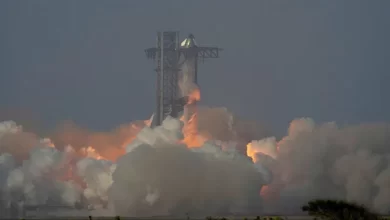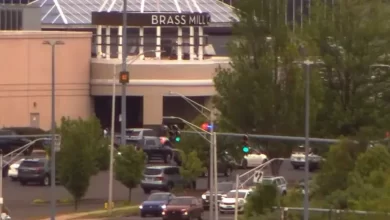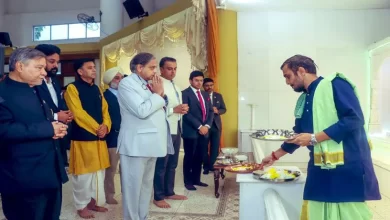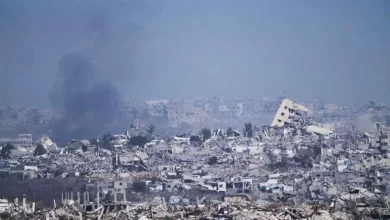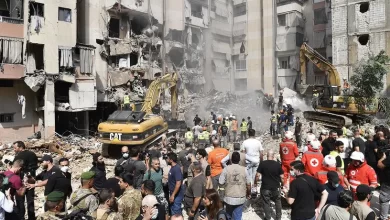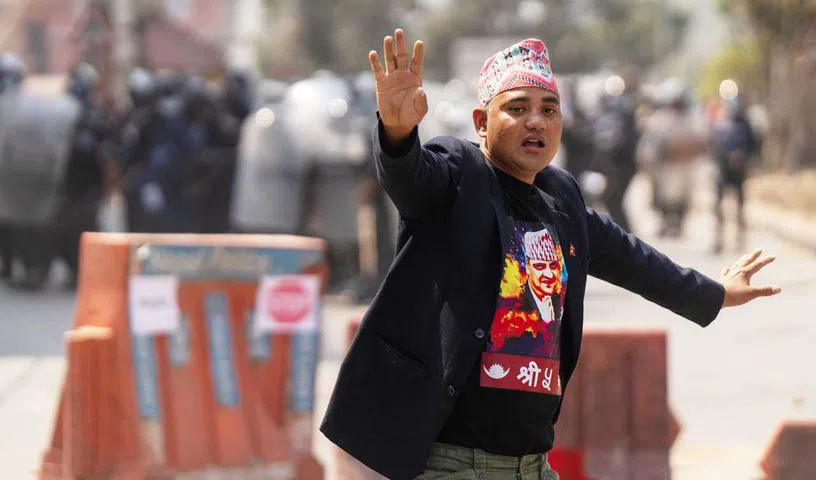
The current unrest in Nepal is not merely about nostalgia for a bygone era but a reflection of the deep-rooted frustration of ordinary Nepalis
Nepal is once again in the grip of civil unrest. Nearly 17 years after the abolition of the monarchy and transition to a democratic republic, the Himalayan nation is witnessing massive demonstrations demanding a return to the monarchy and its Hindu identity. However, some see Hindu nationalism as a separate issue, while others equate it directly with restoring the monarchy. Driven by disillusionment with the government, thousands of people have hit the streets in Kathmandu and other towns and clashed with the police, leading to the death of two protestors in police firing. While reinstatement of the monarchy is not a solution to multiple problems facing the country, it must be understood that the current unrest is clearly a backlash against political instability plaguing Kathmandu. In the last 17 years, the tiny Himalayan nation has seen 13 governments, each riddled with inefficiency and infighting. Promises of stability and progress post-monarchy have remained unfulfilled. This is not merely about nostalgia for a bygone era but a reflection of the deep-rooted frustration of ordinary Nepalis. The economic downturn, worsened by corruption and misgovernance, has left people disillusioned. Jobs are scarce, inflation is high and political leaders seem more focused on power struggles than governance. It is no surprise that many are questioning whether the abolition of the monarchy improved their lives. The demonstrators have been demanding the return of Gyanendra Shah, a 77-year-old former king who was forced to relinquish his royal position following violent protests in 2008. This had brought the curtains down on nearly 240 years of dynastic rule.
The Rastriya Prajatantra Party (RPP), campaigning for the monarchy’s restoration, secured 14 seats in the Parliament elections in 2022, with a vote share of about 6%. Though public support for Gyanendra is on the rise, his return as king is virtually impossible as it would require a constitutional amendment by Parliament where pro-monarchy voices are in a minuscule minority. It must be pointed out that King Gyanendra’s own rule in the past was marked by severe oppression and authoritarianism. After he became the king in 2002, he assumed absolute power, dismissed the government, jailed political opponents, and curtailed press freedom, the decisions that sparked mass protests leading to his downfall. A throwback to monarchy is fraught with risks of repeating past mistakes and undermining democratic aspirations. For Nepal’s neighbours, particularly India, this turmoil is more than just a domestic affair. A politically unstable Nepal impacts regional security, economic ties and diplomatic relations. India, while maintaining a policy of non-interference, must be prepared for potential spill-over, including migration issues and security challenges. Nepal stands at a crossroads. The current protests are a wake-up call for its leaders. The government must engage with its people, deliver on economic reforms, and restore faith in democracy. Otherwise, the cycle of disillusionment and unrest will only continue, pushing Nepal further into uncertainty.



